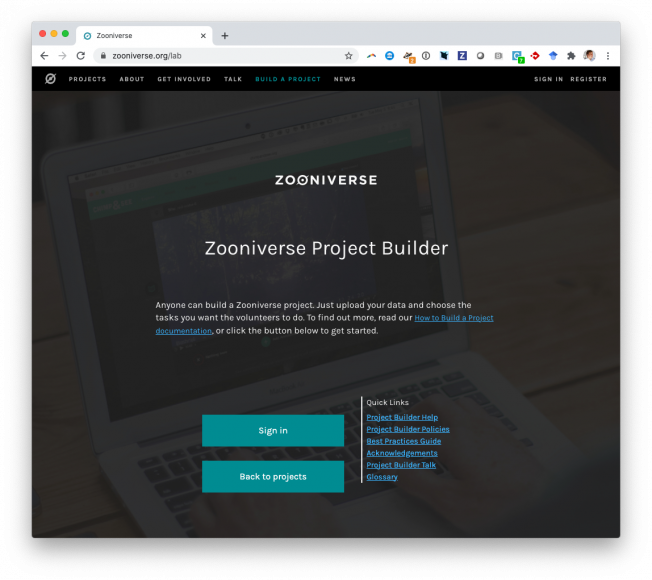Satellite megaclusters could fox night-time migrations
Nature Springer Nature 586:7831 (2020) 674-674
Galaxy zoo builder: Four-component photometric decomposition of spiral galaxies guided by citizen science
Astrophysical Journal IOP Publishing 900:2 (2020) 178
Abstract:
Multicomponent modeling of galaxies is a valuable tool in the effort to quantitatively understand galaxy evolution, yet the use of the technique is plagued by issues of convergence, model selection, and parameter degeneracies. These issues limit its application over large samples to the simplest models, with complex models being applied only to very small samples. We attempt to resolve this dilemma of "quantity or quality" by developing a novel framework, built inside the Zooniverse citizen-science platform, to enable the crowdsourcing of model creation for Sloan Digital Sky Survey galaxies. We have applied the method, including a final algorithmic optimization step, on a test sample of 198 galaxies, and examine the robustness of this new method. We also compare it to automated fitting pipelines, demonstrating that it is possible to consistently recover accurate models that either show good agreement with, or improve on, prior work. We conclude that citizen science is a promising technique for modeling images of complex galaxies, and release our catalog of models.The visual complexity of coronal mass ejections follows the solar cycle
Space Weather American Geophysical Union 18:10 (2020)
Abstract:
The Heliospheric Imagers on board National Aeronautics and Space Administration (NASA)'s twin STEREO spacecraft show that coronal mass ejections (CMEs) can be visually complex structures. To explore this complexity, we created a citizen science project with the U.K. Science Museum, in which participants were shown pairs of CME images and asked to decide which image in each pair appeared the most “complicated.” A Bradley‐Terry model was then applied to these data to rank the CMEs by their “complicatedness,” or “visual complexity.” This complexity ranking revealed that the annual average visual complexity values follow the solar activity cycle, with a higher level of complexity being observed at the peak of the cycle. The average complexity of CMEs observed by STEREO‐A was also found to be significantly higher than those observed by STEREO‐B. Visual complexity was found to be associated with CME size and brightness, but our results suggest that complexity may be influenced by the scale‐sizes of structure in the CMEs.TOI-1338: TESS' First Transiting Circumbinary Planet
ASTRONOMICAL JOURNAL 159:6 (2020) ARTN 253



